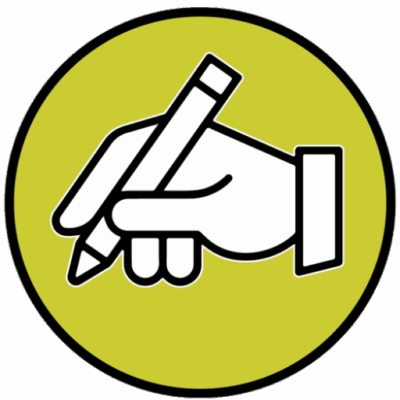Sketching the outline of a horse's head is the first step in drawing a realistic-looking horse.
This is a demo store for testing purposes — no orders shall be fulfilled. Dismiss
Sketching the outline of a horse's head is the first step in drawing a realistic-looking horse.
